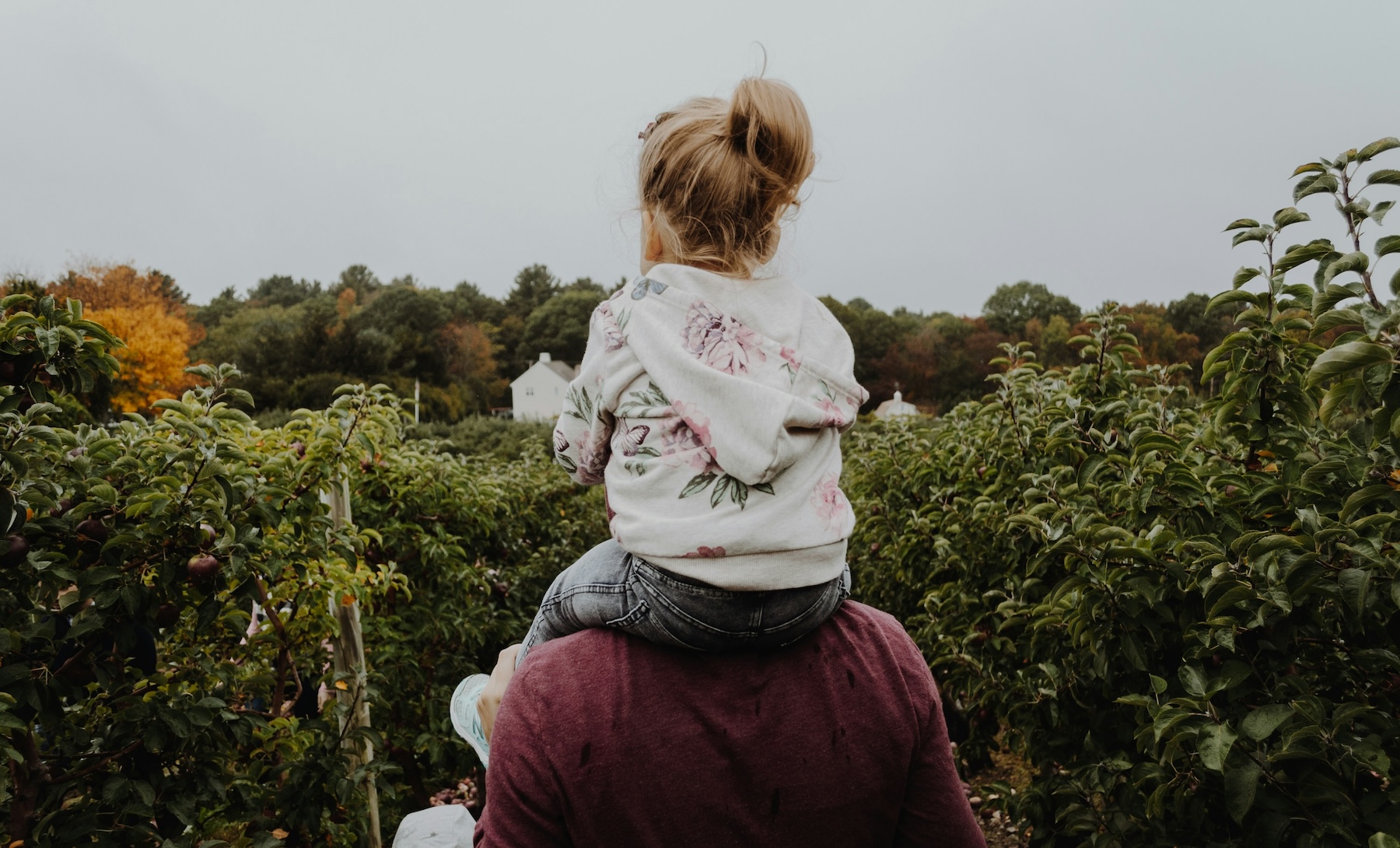Parents have endless worries regarding their kids, from the person they will become to who they’ll surround themselves with. But few concerns are as scary as the type of world they’ll live in as they grow up. Adopt sustainable parenting practices to teach the next generation about valuing the Earth.
What Sustainable Parenting Must Accomplish
The main goal of sustainable parenting is to give kids an environment-centered upbringing they can carry into adulthood. Growing evidence shows parenthood can positively drive environmental engagement.
Some children may already have an inherent desire to care for the environment. However, it can take some time to form these values, so parents must find different ways to express the importance of caring for the land and waters in nature.
Green parenting must also convey how human well-being ties into the environment. Everyone lives in this world and the habitat that it provides affects everyday life. Nurture your little one’s love for the planet and its people — you might inspire the whole family to care for the environment with the proper steps.
Fostering Connections to Nature
The foundation of sustainable parenting is establishing a connection between a child and the great outdoors. Encouraging such a relationship is challenging, especially in the technology era, where they may already have a disconnect with nature. Start fostering this connection by taking them outside and leaving the screens behind.
Do you want to get away? Chautauqua Park in Boulder, Colorado, delivers 40 miles of 360° views of natural beauty — a scenic hike for people of all ages and experience levels. You could also visit a local botanical garden, participate in recreational activities like kayaking, or visit farms to bond with and feed different animals.
Cultivating Eco-Friendly Values
Connecting with nature can increase children’s appreciation for their environment but may not fully spark a desire to help their planet, so establish different environmentally friendly values to know what they should work towards. Remember to discuss the facts appropriately for your young one’s age group. For example, you should provide an overview of the planet’s current state but leave out the adverse effects of greenhouse gas emissions on a person’s health.
If you find it challenging to begin the discussion, refer to kid-friendly materials like books and movies. One timeless classic is “The Lorax” by Dr. Seuss — reading and watching the story can paint a picture of Earth’s limited natural resources.
Answer their questions throughout, as they will be curious about the situation. You can also ask them about their thoughts on the matter. If they have any fears, reassure and educate them about how to prevent things from going south.
Promoting Sustainable Alternatives
Buying eco-friendly products is an excellent opportunity to showcase sustainable parenting. For instance, use washable and reusable cloths instead of disposable wipes and tissues to reduce the family’s carbon footprint. Grocery shopping is another opportunity for you to point out sustainable foods and explain why they’re better for the Earth.
An easy way to encourage kids to start being sustainable is through their clothing. Recommend certain materials over non-renewables like polyester and acrylic fabric, and explain why they are more ethical. For instance, original denim is a 100% natural material, so picking a pair of jeans for their wardrobe is wise. You can also bring them to second-hand clothing stores and explain the perks of reusing fashion pieces.
Building Up Green Habits
Buying sustainable clothes and products is a good start but can lead to unhealthy consumerism. As you seek new items, evaluate whether your family requires them to avoid generating waste. For instance, it can be tempting to buy a sustainable toy, but you need to consider if your child needs it first. Will it replace a preexisting toy in their collection and serve its purpose for a long time?
Other green habits include minimizing energy and water consumption. Excessively utilizing these resources can deplete the planet’s supply. Teach your little ones to conserve energy and water by having them turn the light off before bed and getting them to take showers over baths.
Understanding Personal Impact
Educating a child about sustainability and setting the proper example can be relatively easy. However, as they grow up, they may question whether they truly need to follow in your footsteps about caring for the environment. Sustainable parenting should affirm how personal actions and responsibilities can impact the planet.
The average person can produce quite an amount of garbage throughout their lifetime. In just a day, each person produces around 4.9 pounds of municipal solid waste. Teaching your child these facts allows them to view the power they hold. Rather than choosing sustainable alternatives and enacting habits to mimic you, they’re more inclined to do their part in preserving the environment.
Getting Involved With Communities
Sustainable parenting should not isolate a child — if anything, it should bring them closer to people and their surroundings. Around 41% of Americans believe their local community will become a worse place to reside in over the next 30 years. Help your kids value their neighbors and space by having them talk to people you come into contact with in the neighborhood.
Once they’re familiar and comfortable, keep your ears open for any community programs. Find a tree-planting drive or a park cleanup your family can volunteer in. While kids may not fully appreciate spending their afternoon as volunteers, participating occasionally can teach them the importance of working with others. A collective effort is necessary when creating a better future and planet.
Support the Next Generation
Sustainable parenting practices are essential in preparing the next generation to become environmental stewards. Promoting human well-being and preserving nature can make the planet a better place for everyone.



